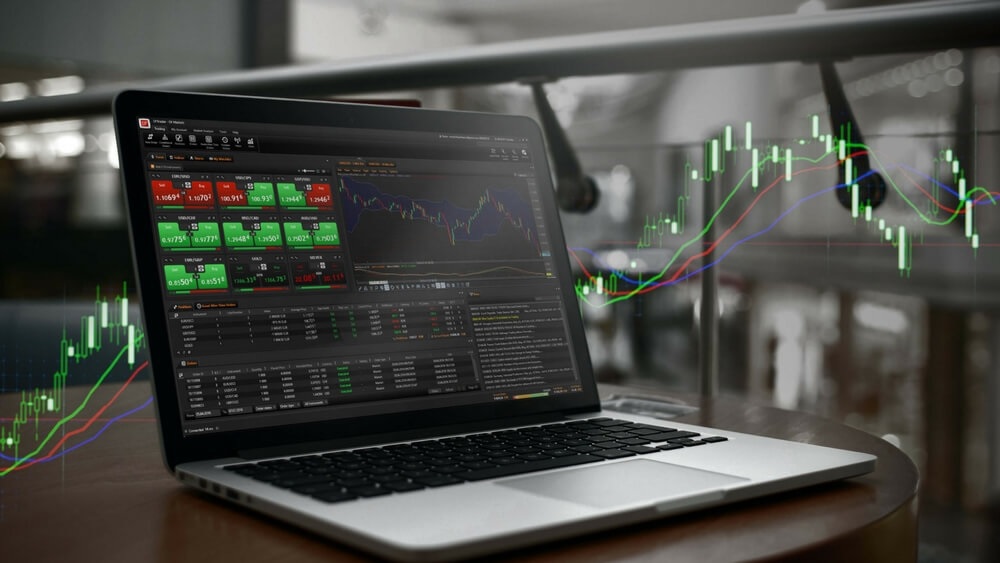The foreign exchange (forex) market is the world's largest financial market, with a daily trading volume of over $6 trillion. It offers tremendous opportunities for investors to profit from the fluctuations in currency exchange rates. If you're new to forex trading, this step-by-step guide will help you get started on your journey to becoming a successful forex trader.
Hoyo Girls Best Place For Learning Forex Trading.
 |
| Forex Trading for Beginners: A Step-by-Step Approach |
Step 1: Understand the Basics
Before diving into forex trading, it's essential to grasp the fundamental concepts. Forex trading involves the exchange of one currency for another, with the aim of profiting from changes in exchange rates. Currencies are traded in pairs, such as EUR/USD (Euro/US Dollar), and the first currency in the pair is the base currency, while the second is the quote currency.
Step 2: Choose a Reliable Broker
Selecting the right forex broker is crucial. Look for a broker that is regulated by a reputable authority and offers a user-friendly trading platform. Ensure they provide access to a wide range of currency pairs, competitive spreads, and excellent customer support.
Step 3: Learn Fundamental and Technical Analysis
To make informed trading decisions, you need to understand two key types of analysis: fundamental and technical. Fundamental analysis involves examining economic indicators, geopolitical events, and central bank policies to predict currency movements. Technical analysis, on the other hand, relies on historical price charts and patterns to forecast future price movements.
Step 4: Develop a Trading Plan
A well-thought-out trading plan is essential for success in forex trading. Define your trading goals, risk tolerance, and preferred trading style (e.g., day trading, swing trading, or long-term investing). Your plan should also include entry and exit strategies, as well as risk management techniques like stop-loss orders.
Step 5: Start with a Demo Account
Before risking real money, practice your trading strategies with a demo account. Most brokers offer free demo accounts with virtual funds. This allows you to get comfortable with the trading platform and test your strategies without any financial risk.
Step 6: Risk Management
Risk management is a critical aspect of forex trading. Never risk more than you can afford to lose on a single trade, and use stop-loss orders to limit potential losses. Diversify your portfolio by trading different currency pairs and asset classes to spread risk.
Step 7: Stay Informed
Keep up-to-date with economic news and events that could impact currency markets. News releases, interest rate decisions, and geopolitical developments can have a significant influence on exchange rates.
Step 8: Start Trading with Real Money
Once you've gained confidence and experience through demo trading, consider transitioning to a live trading account. Start with a small amount of capital and gradually increase it as you become more proficient.
Step 9: Continuous Learning
Forex markets are dynamic and ever-changing. Continuously educate yourself by reading books, attending webinars, and following market analysis from reputable sources. Learning from both successes and losses is crucial for improvement.
Step 10: Keep Emotions in Check
Emotions can cloud judgment and lead to impulsive decisions. Stick to your trading plan, and don't let fear or greed dictate your actions. Maintain discipline and focus on your long-term goals.
In conclusion, forex trading can be a profitable venture for beginners, provided they take the time to understand the market, choose a reliable broker, and develop a disciplined approach to trading. With the right knowledge and strategy, you can navigate the exciting world of forex trading and work towards achieving your financial goals.


Post a Comment